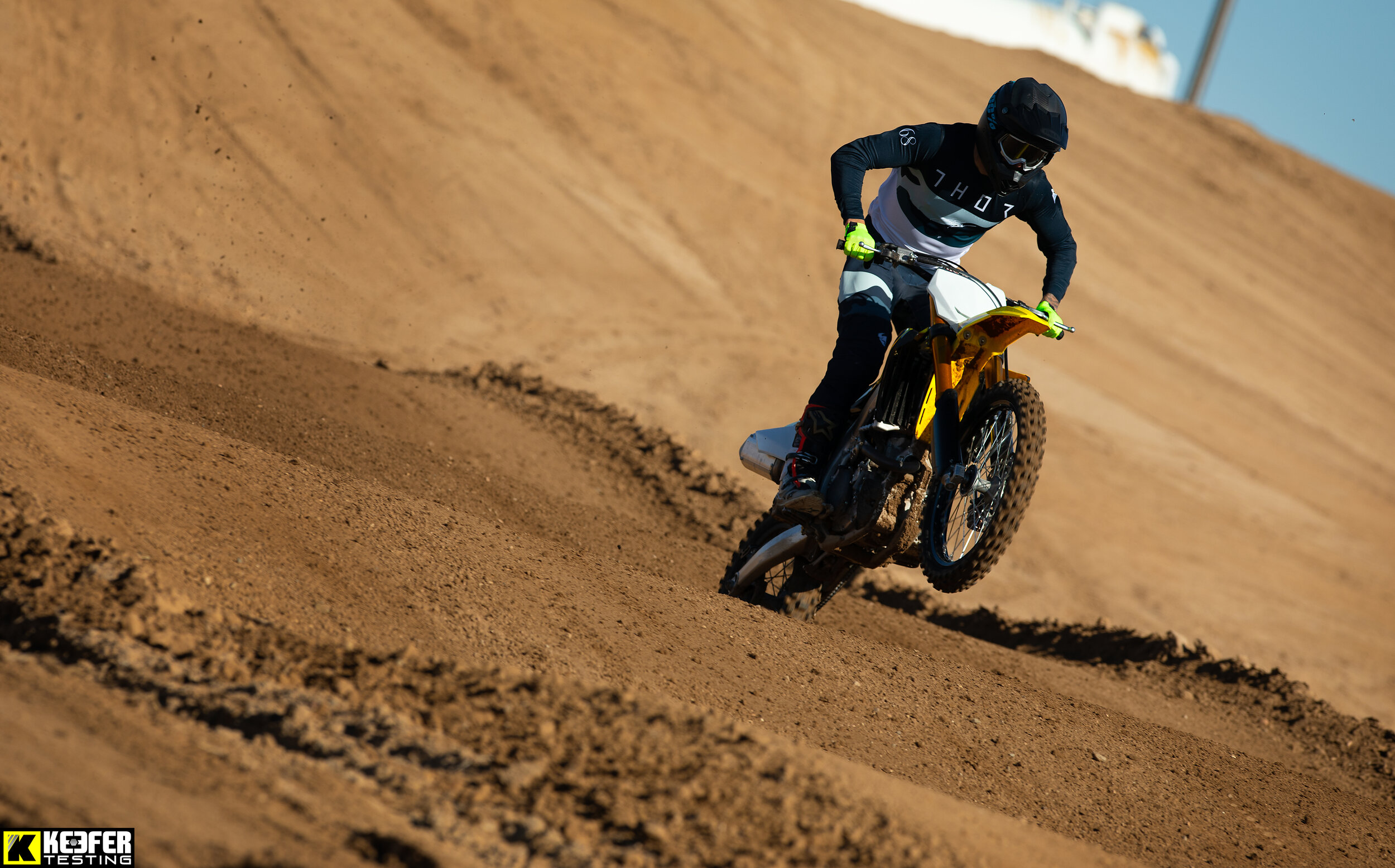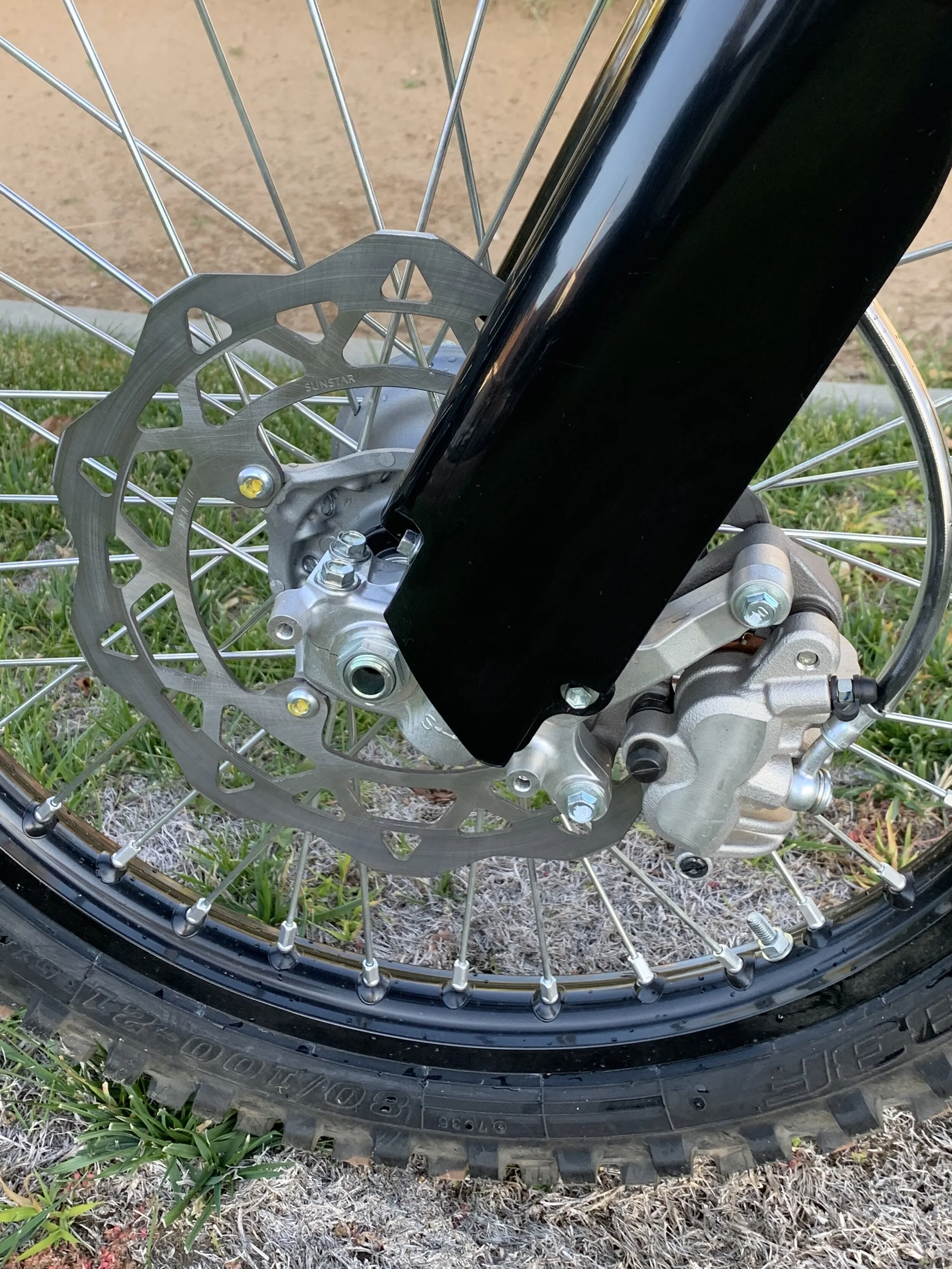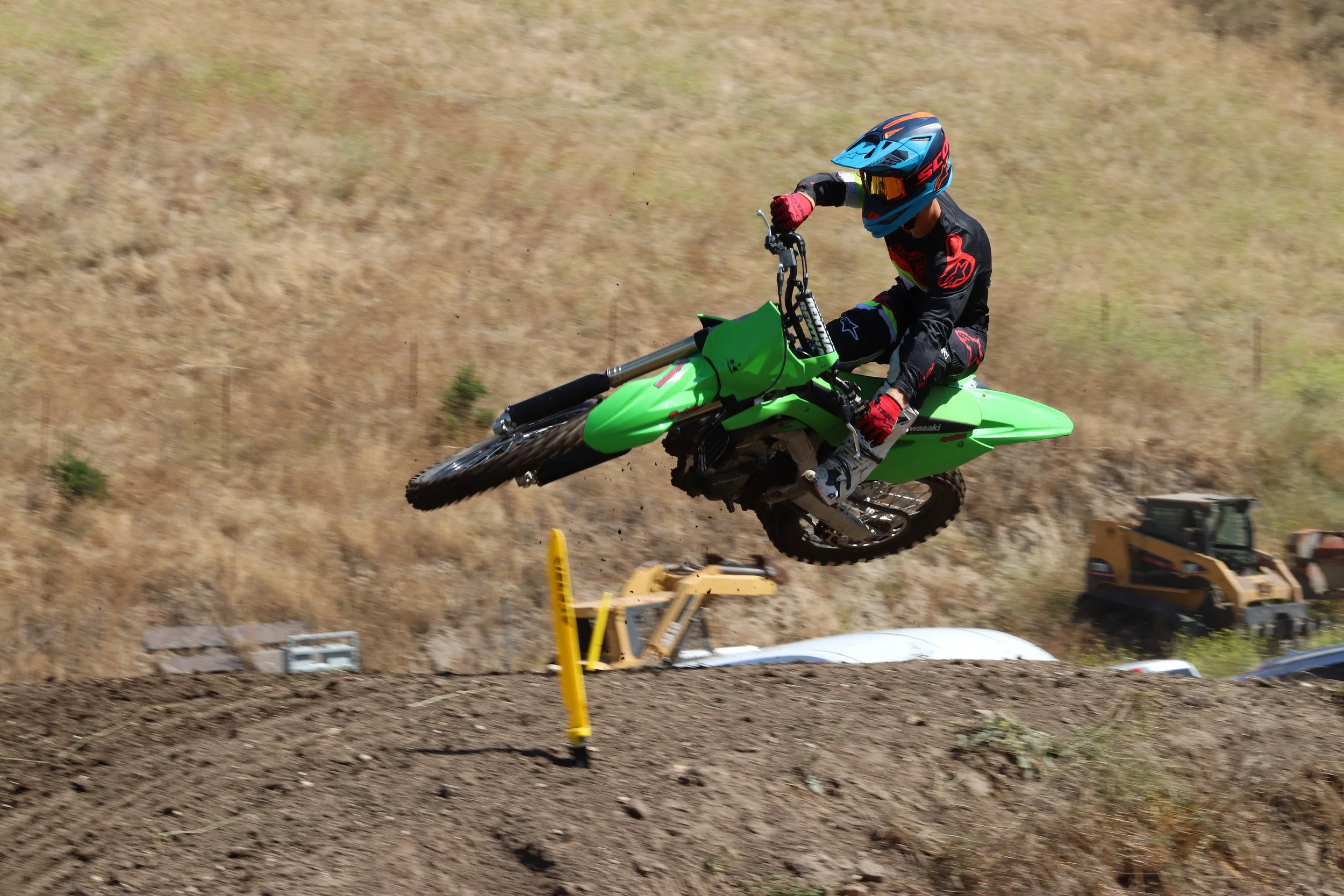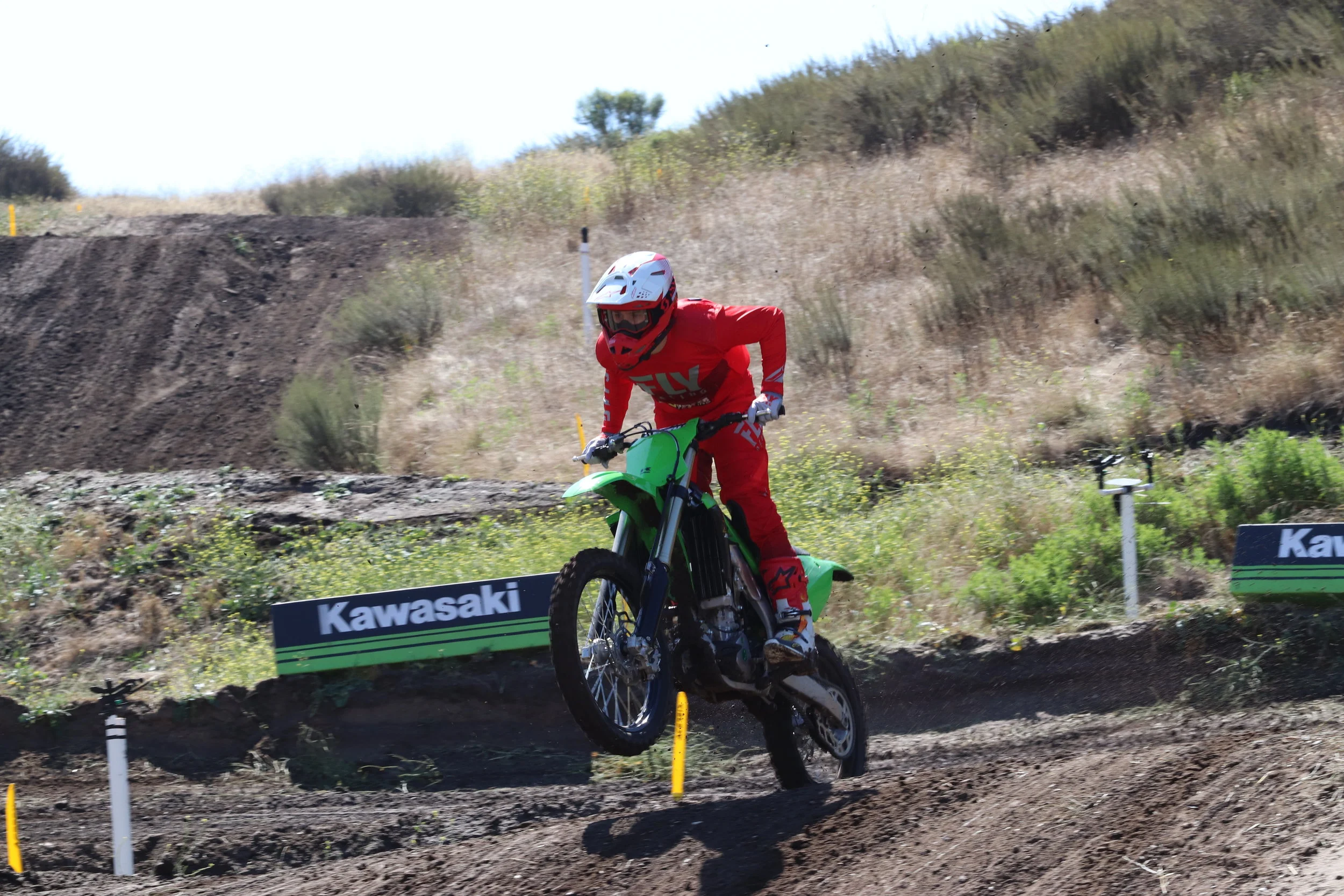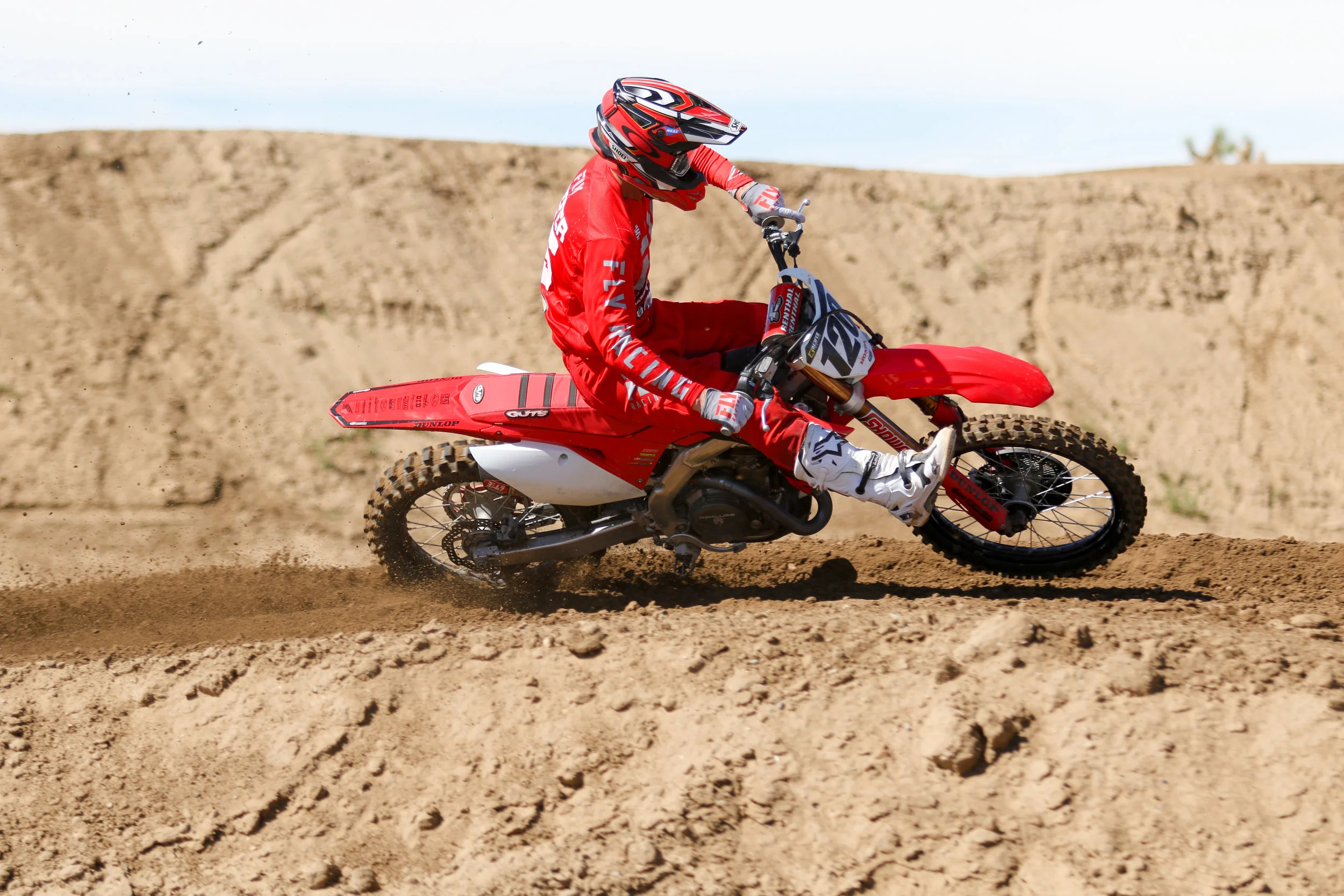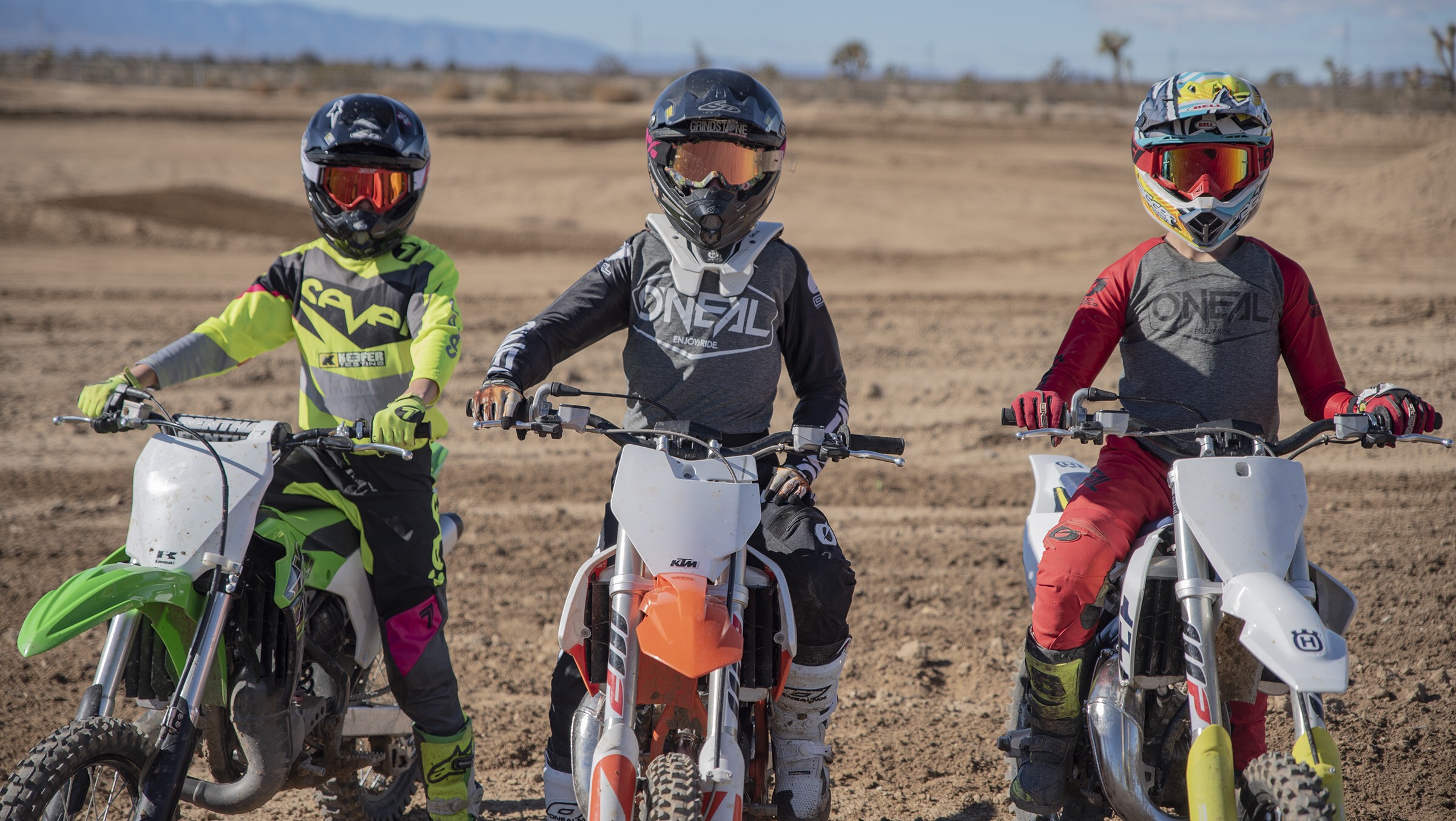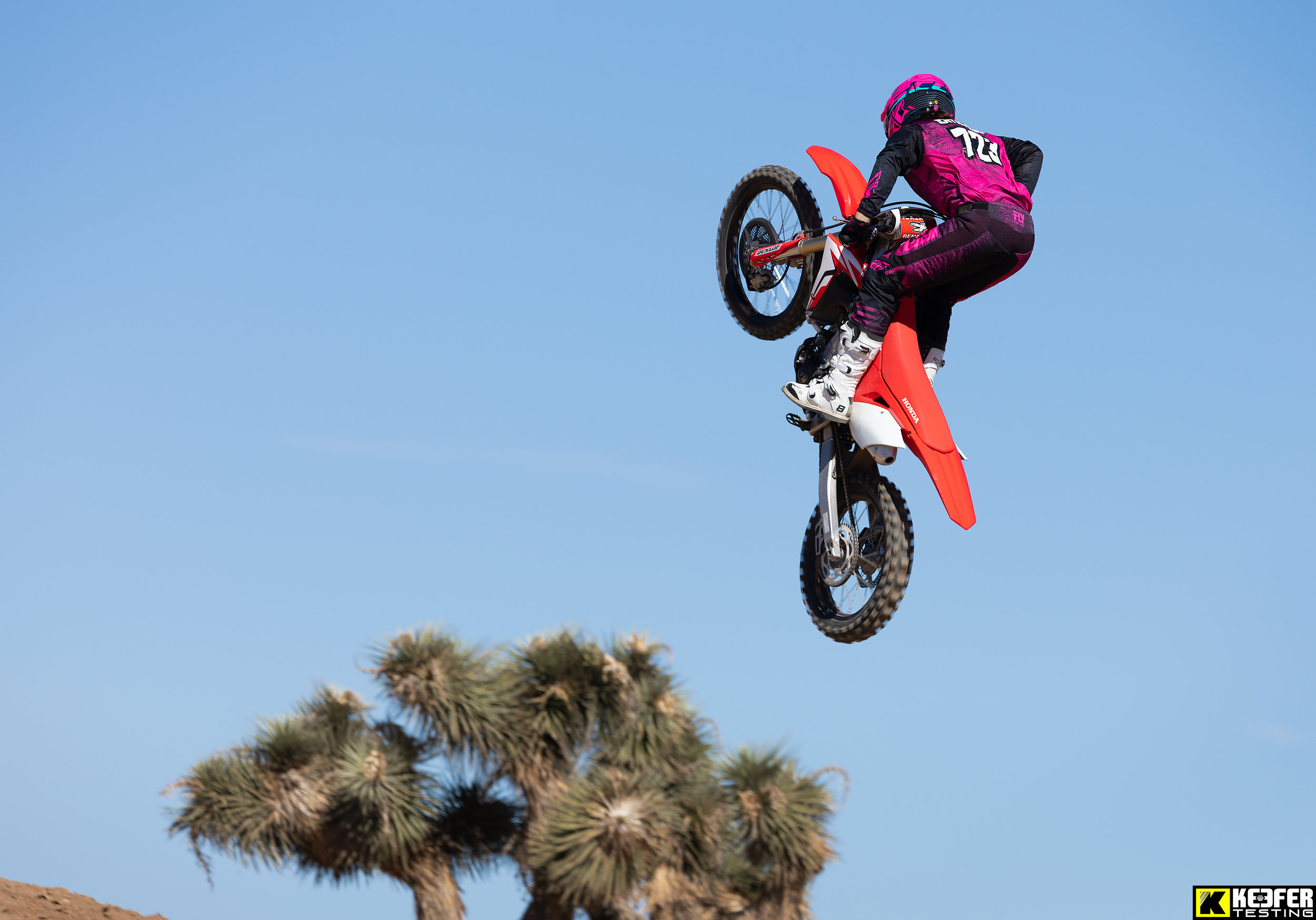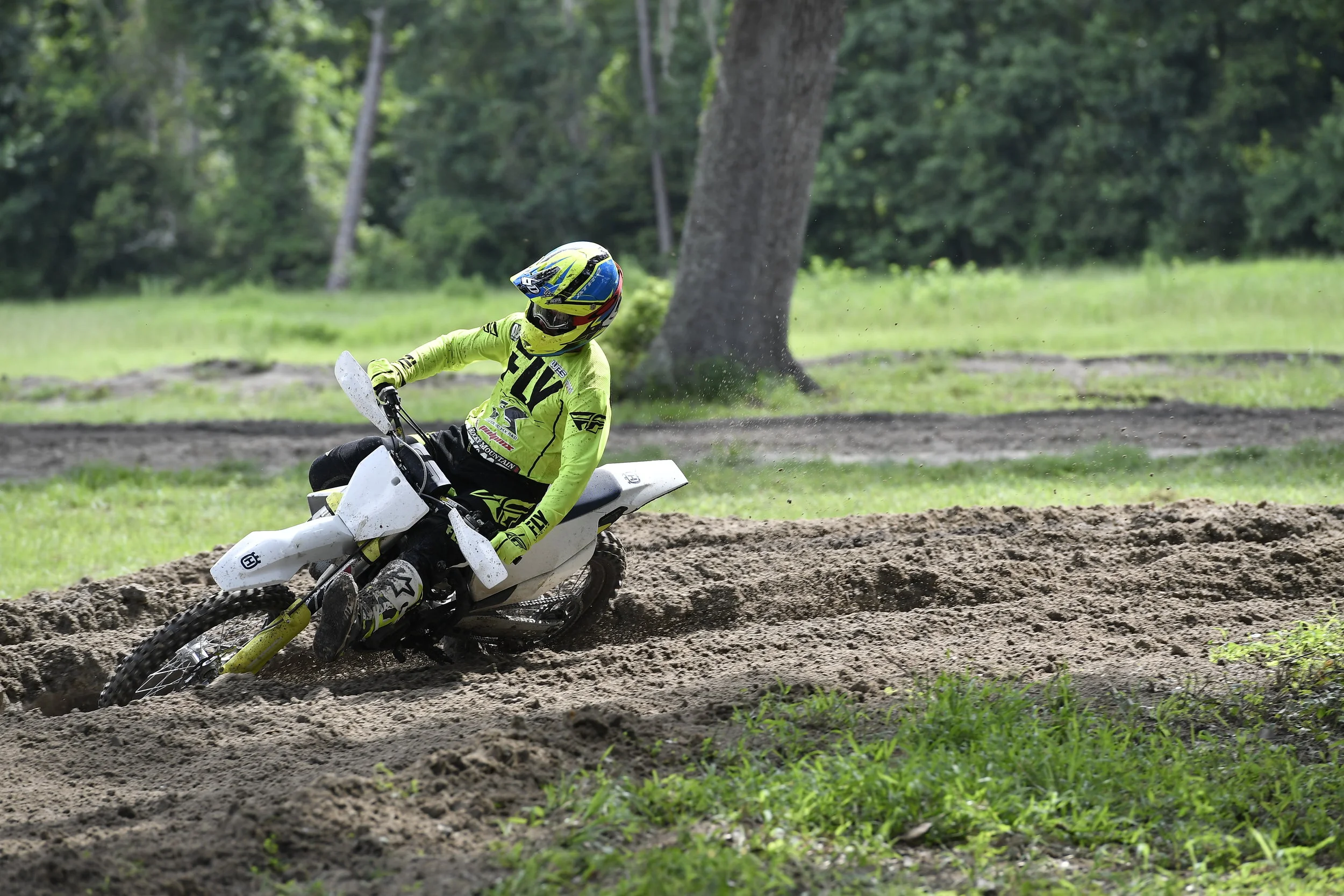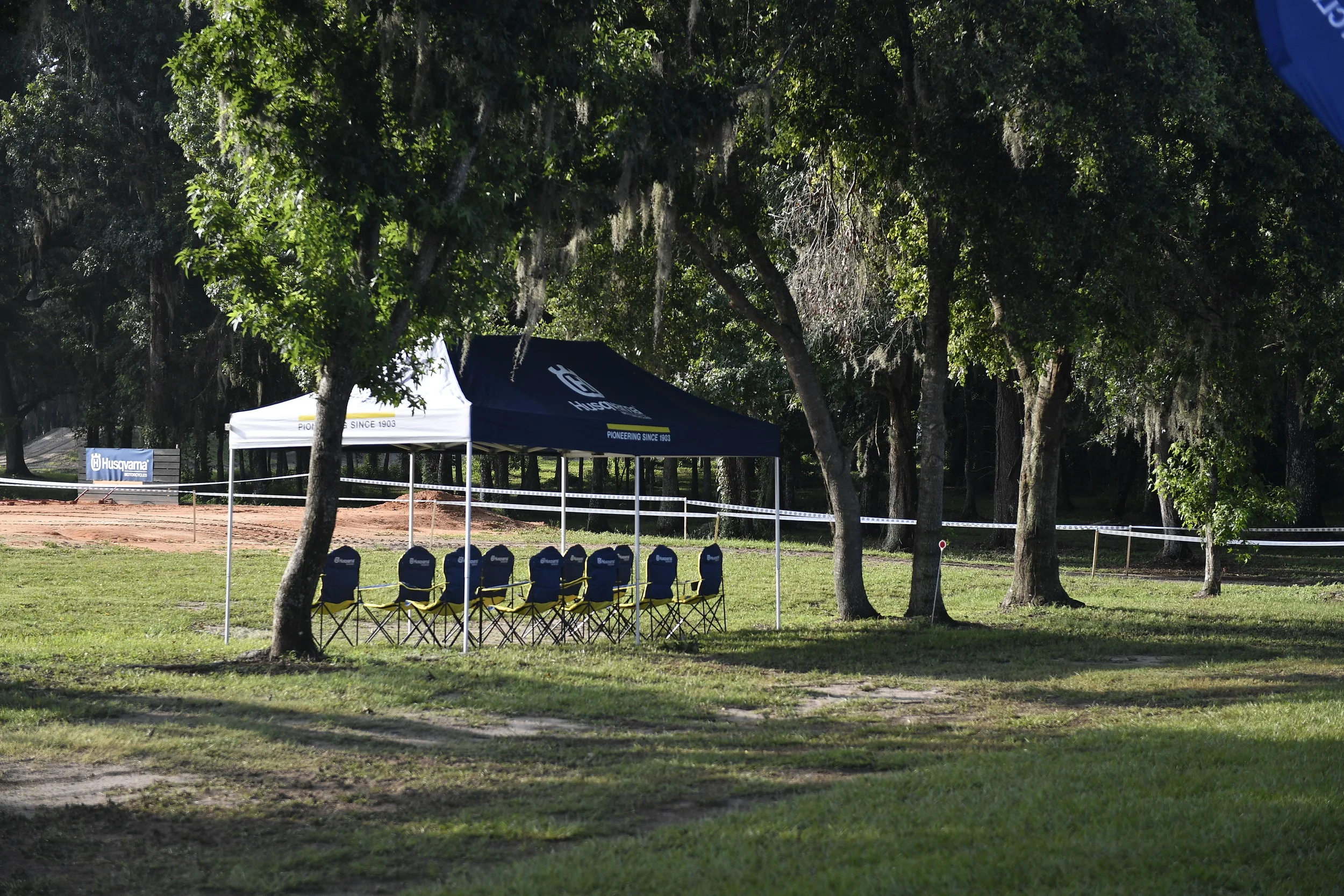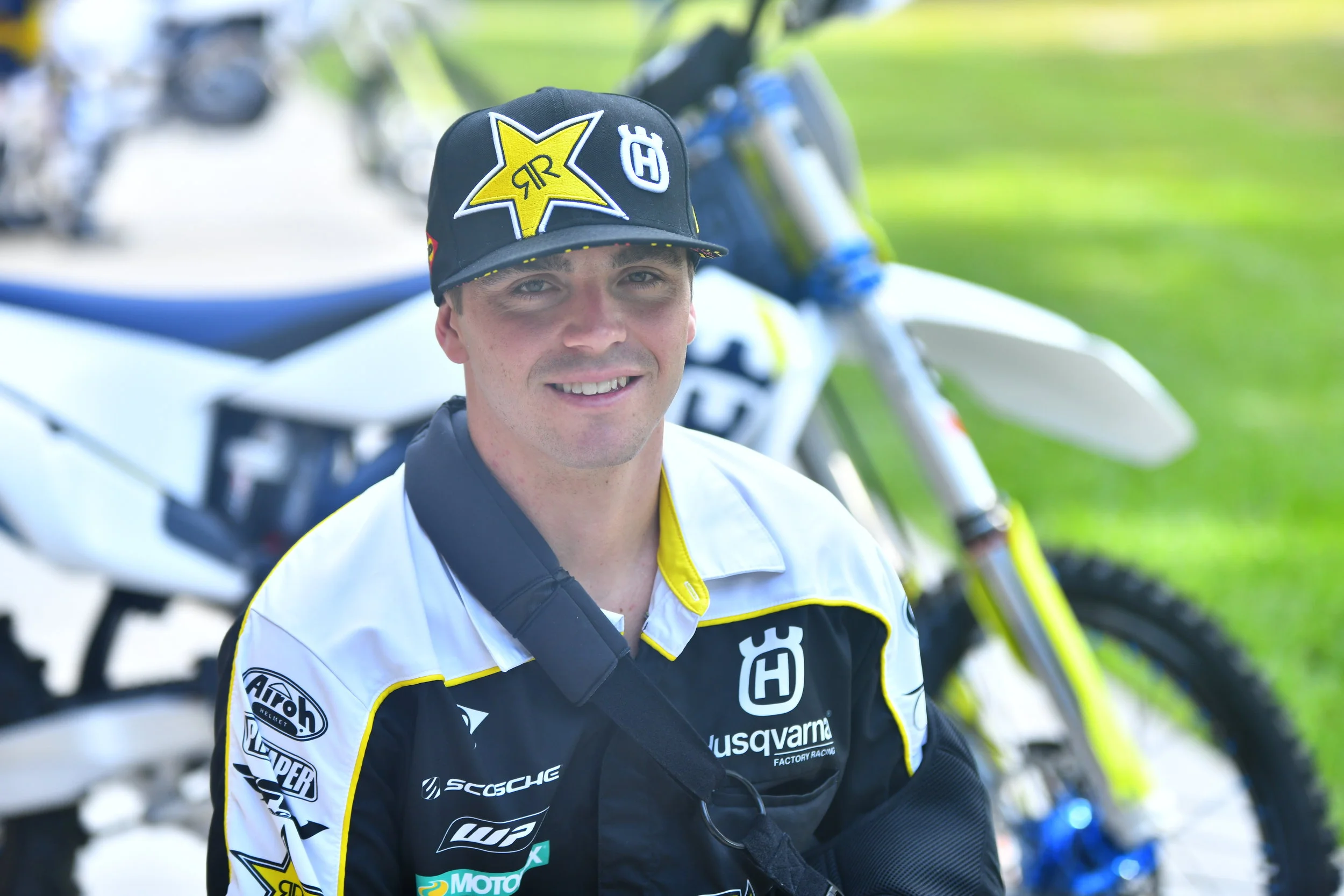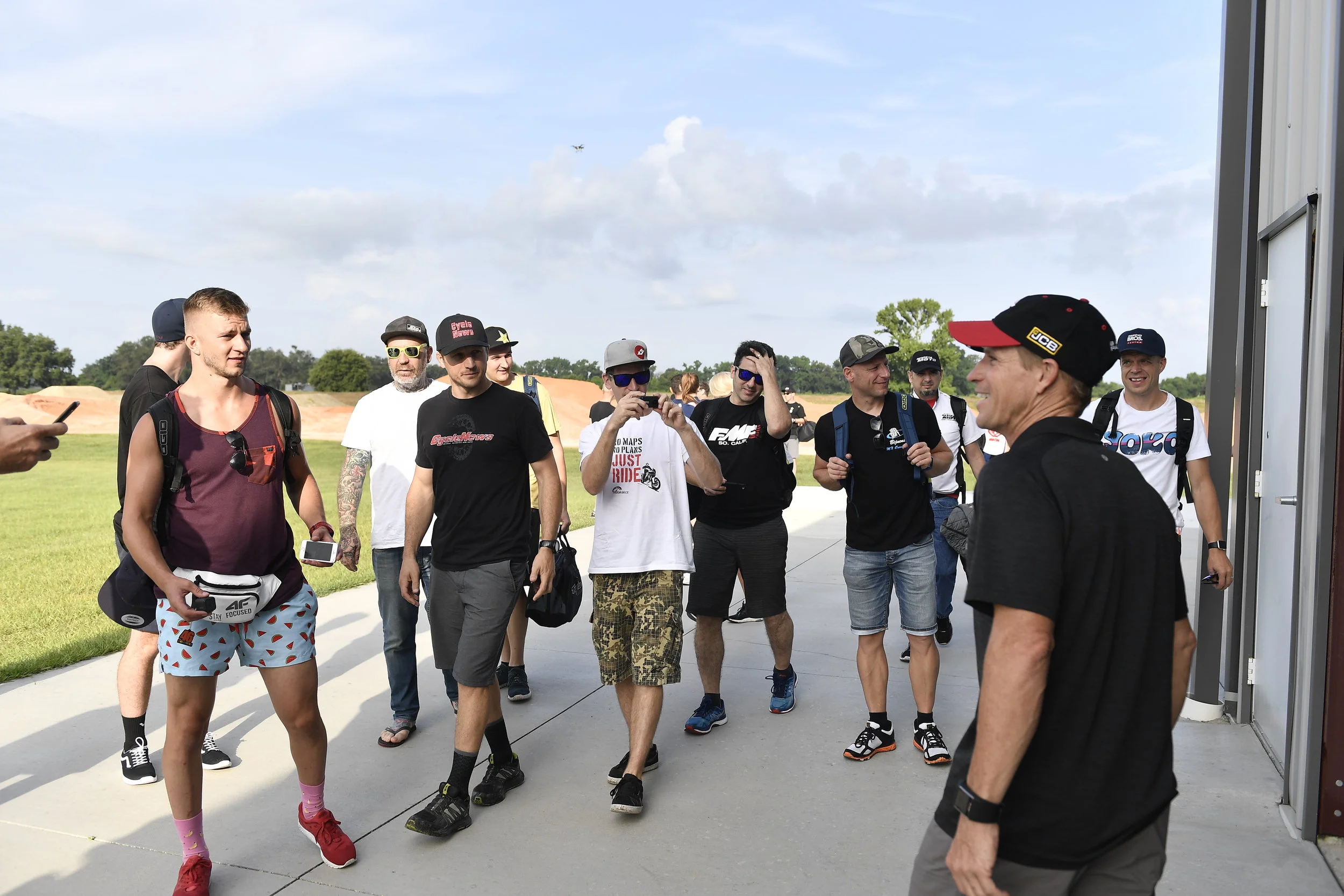No Suzuki didn't change anything on the RM-Z 250 in 2020, but that doesn't stop me from giving you some on track testing info on what it’s like to ride. I recently picked up my 2020 RM-Z 250 test bike and went out to a few tracks to get a re-fresher course on what it’s like to ride. If you want know what Suzuki changed from the 2018 to 2019 version you can click here to get the details: https://www.keeferinctesting.com/latest-news-1/2019/5/23/2020-suzuki-rm-z250450-photosspecs
Engine: The 2020 Suzuki RM-Z 250 engine has great bottom-mid range power, but loses its luster up on top end/over-rev. From 0-15% throttle opening the Suzuki is one of the snappiest in the class (next to the Yamaha), but pulling power after the corner is not its strong suit. The tighter the track I tested at the more I liked the engine character. The longer more flowy tracks is something that will take some work on your part (the rider) if you’re riding a Suzuki. If you can learn to short shift the 2020 RM-Z 250 your lap times will drop, but if you try to rev the Suzuki like a Honda CRF250R you will not want to look at the times when you pull in. You will have to work this yellow bike like a rib to get the most out of it on the track. If you’re looking to get more out of the RM-Z 250 engine look towards JGRMX. They make a kit for the Suzuki RM-Z 250 that really wakes up the mid-top end power. Read about it here: https://pulpmx.com/2019/06/19/keefer-tested-jgrmx-stage-2-kit-for-rm-z250-450/
Couplers: The Suzuki still comes with an easy-to-use, plug-in fuel couplers that change the engine mapping. The white coupler is the most aggressive off the bottom and gets the rpm to rev through their range faster (more free feeling). The grey coupler runs dirty (rich feeling) and makes the Suzuki feel smoother on low RPM. I preferred the white coupler at all tracks I tested at.
Suspension: If you’re a heavier rider you will like the stiff natured suspension that the Suzuki comes with. I would have thought that Suzuki would put softer springs in for 2020, especially with all the complaints about the stiff 2019 suspension, but that didn't happen for some reason. I did manage to try a RM-Z 250 with one step softer springs and it was much more compliant and helped the Suzuki’s stiff natured chassis feel on rougher tracks. I am a 170 pounds and the fork is too stiff on de-cel and deflects on small chop. The rear of the bike lacks rear wheel traction because of the high/stiff rear end feel so dropping your sag to 108mm can help you get some extra bite under acceleration. When you get a guy like Adam Enticknap that weighs over 185 pounds and loves the stock RM-Z 250 suspension, you know it’s sprung way too stiff. Supercross guy = Loves stiff set up.
Best Settings:
Fork:
Spring rate: 4.9 N/mm 5.0 N/mm is stock
Compression: 12-13 clicks out
Rebound: 11 clicks out
Fork Height: 2-3mm
Shock:
Spring rate: 50 N/mm 52 N/mm is stock
Sag: 108mm
Hi-compression (blue): 12 clicks out
Lo-compression (silver): 11 clicks out
Hi-rebound (bottom of shock): 14 clicks out
Lo-rebound (red): 15 clicks out
Make your life and your ride more enjoyable by sticking softer fork springs in your RM-Z250 (if you’re 180 pounds or less).
Chassis: The Suzuki chassis inspires confidence through corners (once softer springs are installed) and I was able to carve insides like they were going out of style. Unlike the RM-Z450, the RM-Z250 is the king of cornering in its division. I am a front end steering rider and the Suzuki accepts riders that love to carve corners with their front end. Straight line stability is slightly twitchy with the stock springs, but becomes much more friendly once the softer springs are installed. On paper the Suzuki isn't the lightest on the scales, but the bike feels light and playful on rutty type tracks with the snappy throttle response. I think this RM-Z250 chassis could be great choice for a novice rider looking to help his/her cornering.
Brakes: Suzuki’s Nissin brakes are very good and are as good as the other Japanese manufacturers. The front brake has enough control to it that you’re able to drag the front brake in shallow ruts, without the front wheel locking up. The rear brake doesn't lock up and will not squeak if you’re a brake dragger. I abused the rear brake on one specific track/test day with a lot of hills and they did not fade/squeak in a 30 minute Moto.
With the Suzuki finishing in the bottom of most media shootouts this year, does that mean you need to disregard the RM-Z250 altogether? Hell no! This bike is a fun bike to ride/race under the helm of the right rider. If you’re looking to improve your cornering and ride tighter 2-3rd gear type tracks, the RM-Z250 is a great choice once you drop some lighter springs in it. Maybe you’re looking to get a new 250F and DO NOT want to spend over 8K? You can get a 2019 Suzuki RM-Z250 for less than 7K at some dealerships! Boom! My son Aden is on a 125 two-stroke, but loves the Suzuki’s RM-Z250’s fun power with excellent cornering capability, for his nervous novice throttle hand. Suzuki makes a good bike so don’t believe every shootout you read.
Positives:
Bottom End Power
Cornering Capability
Pricepoint
Negatives:
Lack Of Top End/Over-Rev
Stiff/Harsh Suspension
Chassis Has Stiff Feel On Rough Tracks


